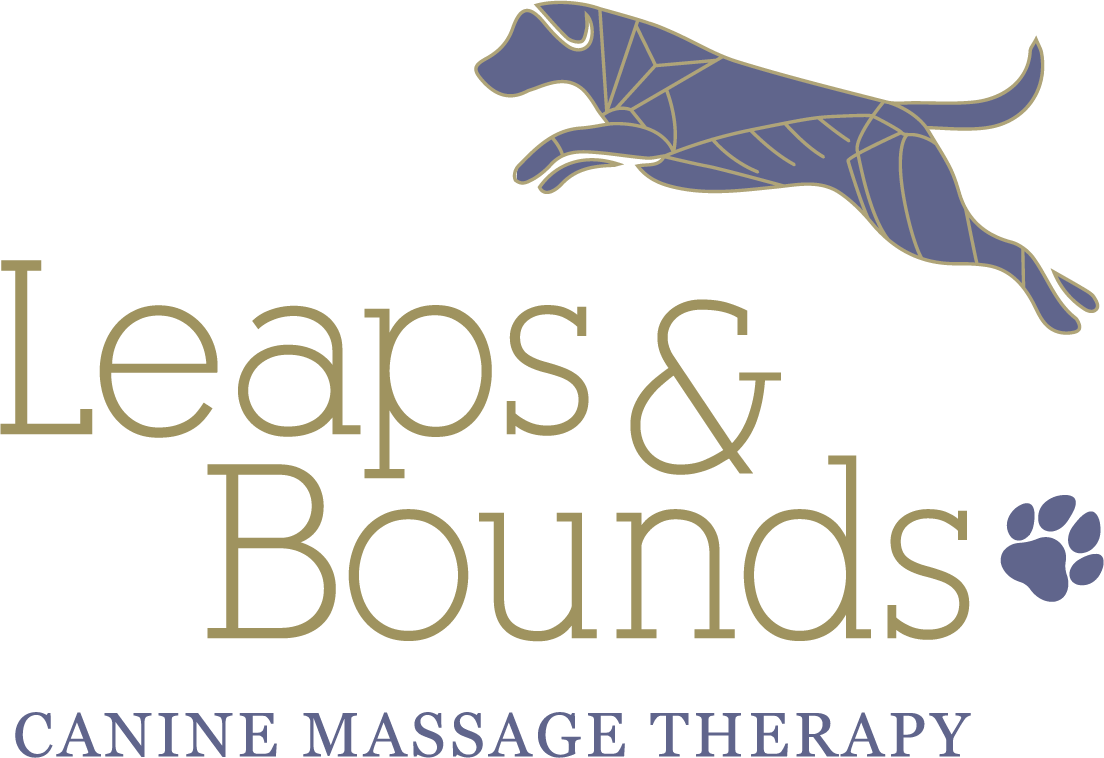Myofascial Pain
Myofascial Pain Syndrome is a condition which affects the bodies 3D Network of Fascia. Fascia is a specialised connective tissue that looks similar to a spiders’ web and surrounds every organ, blood vessel, bone, nerve fibre and muscle in the body. It plays a major role in perception of posture and supports proprioception and coordination, by sending nerve signals that are relayed to the muscles.
When fascia undergoes trauma, it loses its relaxed, wavy configuration and pliability, and becomes thicker and sticky. When this happens, it can restrict blood flow, irritate nerve endings, limiting mobility and brings about myofascial trigger points, the knock-on effects to a dog’s mobility, character and activity levels can be huge.
Causes:
Secondary to Osteoarthritis
As a result of a Strain (tear to a muscle)
Activities of Daily Living e.g. jumping on/off furniture
Anything repetitive e.g. high energy ball chasing
‘Body Slamming’ by other dogs
Dehydration or dogs that don’t drink much water
Trigger Points cause Myofascial Pain
Activities completed during agility
Impact/Trauma
Natural conformation e.g. Hound types are very prone to myofascial issues as are Belgian Shepherd, English Pointers
Convalescence
Old Age
Symptoms:
· Pain
· Stiffness
Skin twitching or flinching
Yelping when touched in an area
Sore back legs
Tight skin
They may grimace or have ‘tickly’ spot around the middle of the back (it’s not a tickly spot at all but more about that later)
Restricted Range of motion
Reluctant to petted/groomed
Excessively rolling on their back
Hair flicking up where it hasn’t before
Exaggerated Panniculus Reflex
A nervous or anxious character
A dog that is reluctant to be handled
How massage can help:
Painkillers and traditional NSAIDS (Non-steroidal anti-inflammatory drugs) often don’t improve dogs with myofascial pain. We have specific massage techniques in our armoury that focus on releasing adhered fascia.
Breaks down restrictive scar tissue and realigns muscle fibres
Releases sore, painful trigger points
Relieves muscle tension
Relieves pain from over compensating muscles
Releases tight, bound fascia enabling better range of movement
Improves the circulation, which helps to deliver fresh oxygen and nutrients to the tissues
Reduces inflammation
Helps to ease stress and anxiety caused by pain
Photograph showing the deep and superficial fascia of the forelimb from Chong & Davies. Please note that Leaps & Bounds Canine Massage therapy is not affiliated with Chong & Davies.

